Highly personal and immediately recognisable in style, these drawings have a sense of space, structure and resistance that comes from the architect and the master. And from the artist and the traveller they have an instinct of the moment, of freedom and of captivation. In them, there is an interplay of the intelligible and the sensory, of the visible and the invisible, of the constant and the mutable, of the fixed and the fleeting, of the near and the far. Parmenides and Heraclitus, the Being and the Becoming, are there. They tempt and attempt. They are sketches, notes, foretastes of projects. They are exercises, projects, works. They are introspections, mnemonics, divinations. They are geometries, geographies, geomancies.
Álvaro Siza’s sketchbooks are an obsessive, obstinate, observing and even observant inventory of a vision and a life. From one of these unpublished sketchbooks, the great architect provided Electra with the pages on which he recorded a journey to Peru in August 1995. Most of the drawings are of Machu Picchu. Siza’s careful style flows as much from him to the world as it does from the world to him, as much from within to the outside as from the outside to within, from an outward-facing inside to an inside-facing outside.
The drawings revealed in this Book of Hours form a visual diary of a strict and restless beauty. They are like words, phrases, annotations, interjections, exclamations and queries. And sometimes poems. They are not drawings of landscapes; they are paper landscapes made of drawings – there is something vegetal and mineral about them.
Álvaro Siza’s sketchbooks, with their reiterated, resumed and renewed drawings, are the other – more secret and more subtle – side to a man from whom the world has never ceased to seek his contemplative eye, a world which he completes with his incisive and unstoppable pen.
José Manuel dos Santos
*Translated by Chris Foster
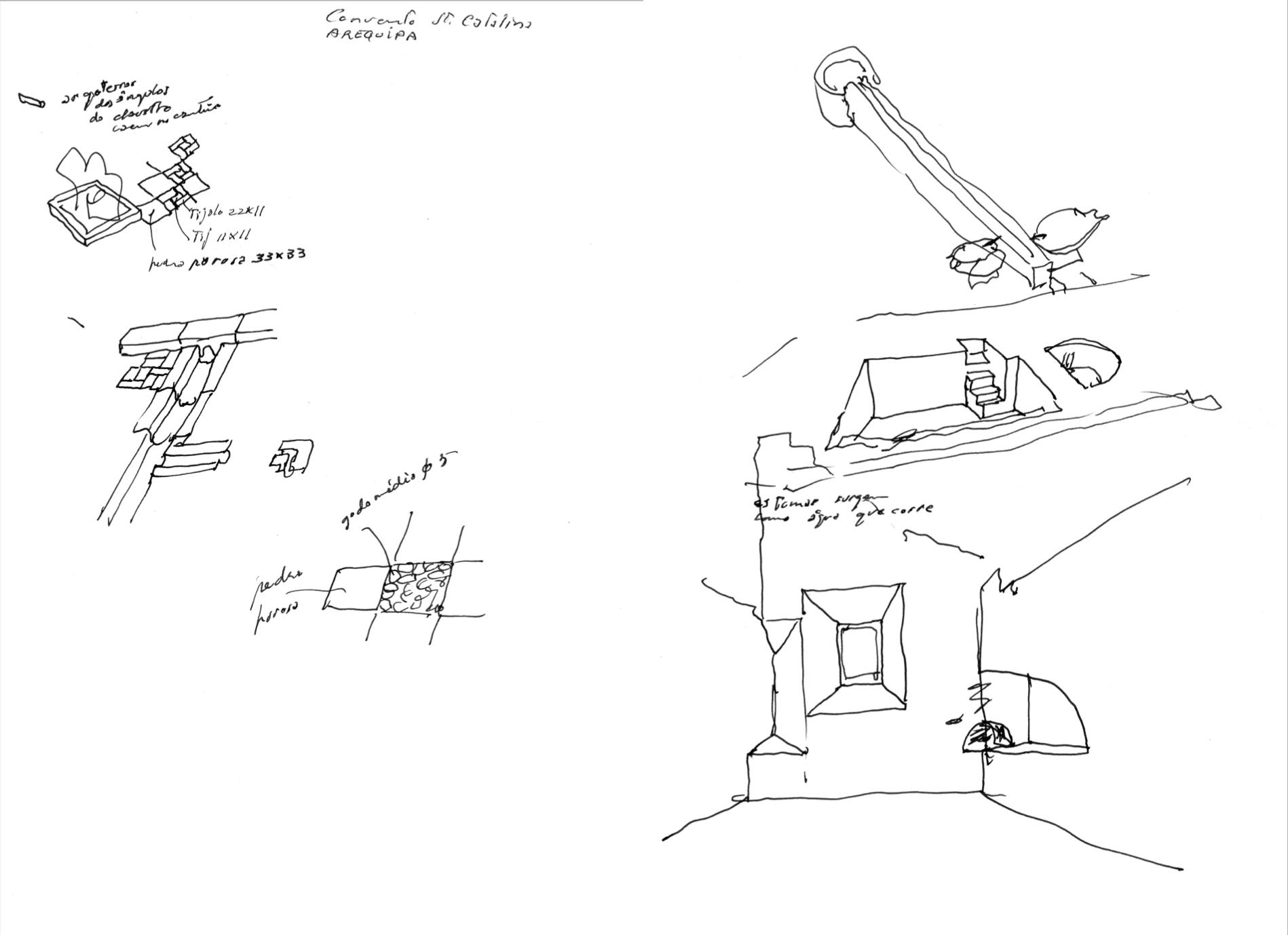

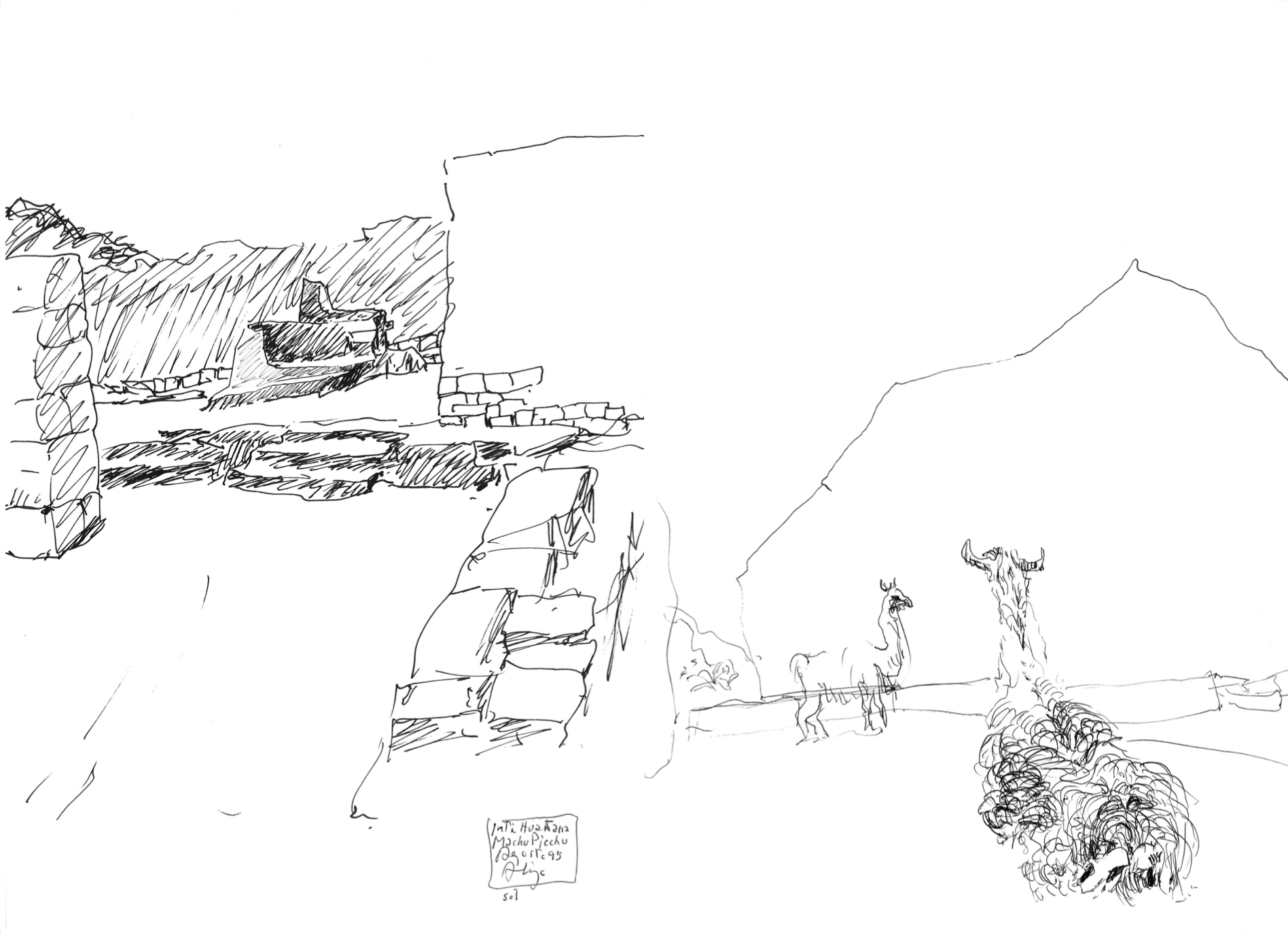

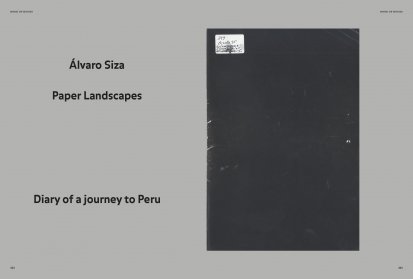
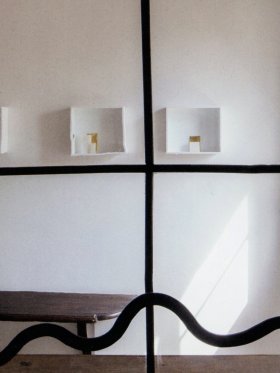
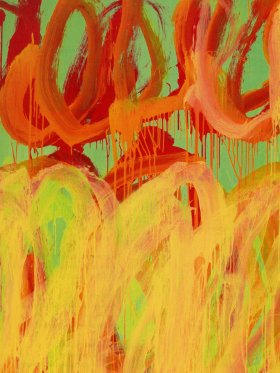
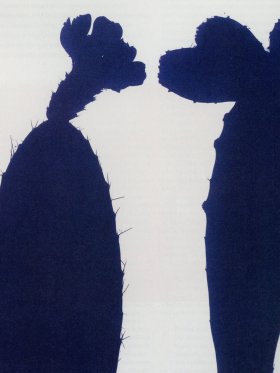
Share article